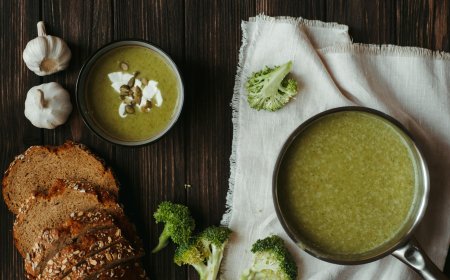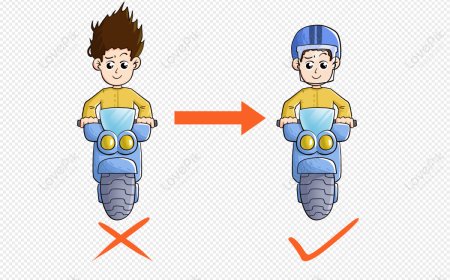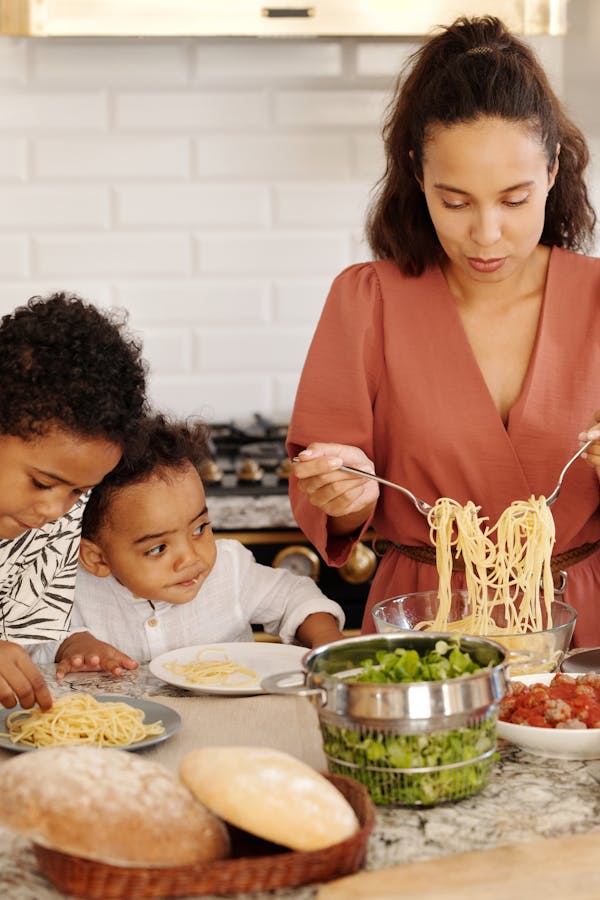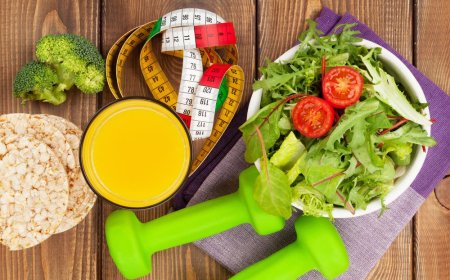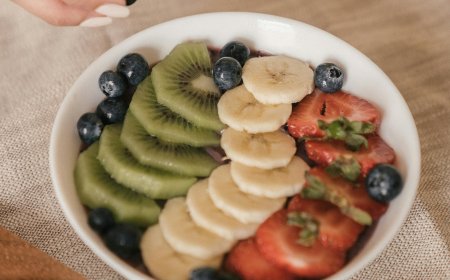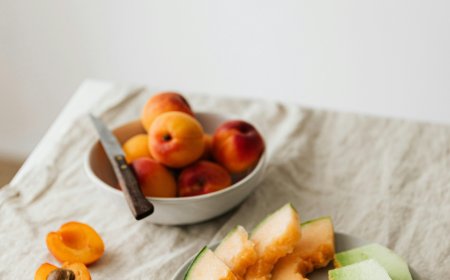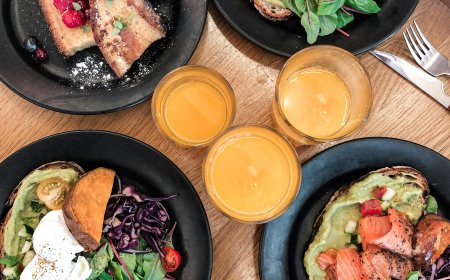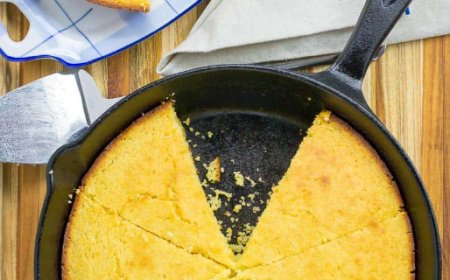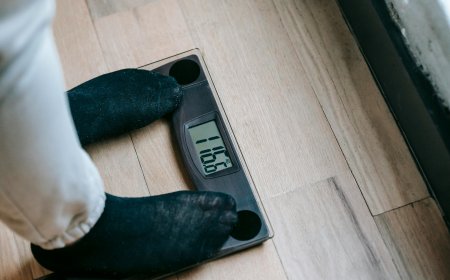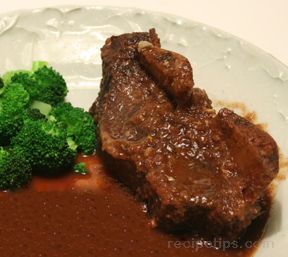How to Estimate Calories Without a Calculator: A Practical Guide
Introduction Counting calories can be a helpful tool for managing your diet and reaching fitness goals, but it can also be cumbersome and time-consuming. Fortunately, there are ways to estimate calorie intake without relying on a calculator or app. In this blog, we'll share practical tips and methods to help you estimate calories more intuitively and make healthier choices on the go.

Understanding Portion Sizes
The first step in estimating calories is understanding portion sizes. Many people underestimate how much they eat, leading to unintentional overeating. Here are some visual cues to help you gauge portion sizes:
- Fist: A serving of vegetables or a piece of fruit is roughly the size of your fist (about 1 cup).
- Palm: A serving of protein, like meat or fish, should be about the size of your palm (3-4 ounces).
- Thumb: A serving of fats, such as butter or peanut butter, is approximately the size of your thumb (1 tablespoon).
- Cupped Hand: A serving of grains or pasta fits into a cupped hand (½ cup).
Using the Plate Method
The plate method is a simple and effective way to estimate calories and ensure balanced meals. Here's how to divide your plate:
- Half the Plate: Fill half your plate with non-starchy vegetables, like leafy greens, broccoli, or bell peppers. These are low in calories and high in nutrients.
- Quarter of the Plate: Allocate a quarter of your plate to lean protein sources, such as chicken, fish, tofu, or beans.
- Quarter of the Plate: Use the remaining quarter for whole grains or starchy vegetables, like brown rice, quinoa, sweet potatoes, or whole-grain pasta.
Reading Food Labels
While estimating calories, it's also helpful to understand how to read food labels. Key information to look for includes:
- Serving Size: Pay attention to the serving size and compare it to how much you're actually eating.
- Calories per Serving: Note the number of calories per serving and adjust according to your portion size.
- Macronutrients: Check the amounts of carbohydrates, proteins, and fats to ensure a balanced intake.
Mindful Eating Practices
Adopting mindful eating practices can help you better estimate and control your calorie intake:
1. Eat Slowly
Taking your time to eat allows you to recognize your body's hunger and fullness cues, preventing overeating.
2. Avoid Distractions
Eating without distractions, such as watching TV or working, helps you pay attention to portion sizes and enjoy your meal.
3. Listen to Your Body
Eat when you're hungry and stop when you're satisfied, not necessarily when your plate is empty.
Practical Tips for Estimating Calories
1. Use Common Objects
Use everyday items to visualize portion sizes. For example, a deck of cards represents a serving of meat, and a baseball is about the size of a serving of fruit.
2. Prioritize Whole Foods
Whole foods like fruits, vegetables, lean proteins, and whole grains are easier to estimate and generally have more predictable calorie counts than processed foods.
3. Simplify Your Meals
Prepare simple meals with fewer ingredients to make it easier to estimate the overall calorie content.
4. Plan Ahead
Plan your meals and snacks in advance to avoid impulsive eating and better control your calorie intake.
Conclusion
Estimating calories without a calculator is a skill that can help you maintain a balanced diet and reach your health goals more intuitively. By understanding portion sizes, using the plate method, reading food labels, and practicing mindful eating, you can make informed choices without the need for meticulous tracking. With practice, you'll develop a better sense of how much you're eating and how it aligns with your nutritional needs. Enjoy the journey to healthier eating habits!
What's Your Reaction?
















